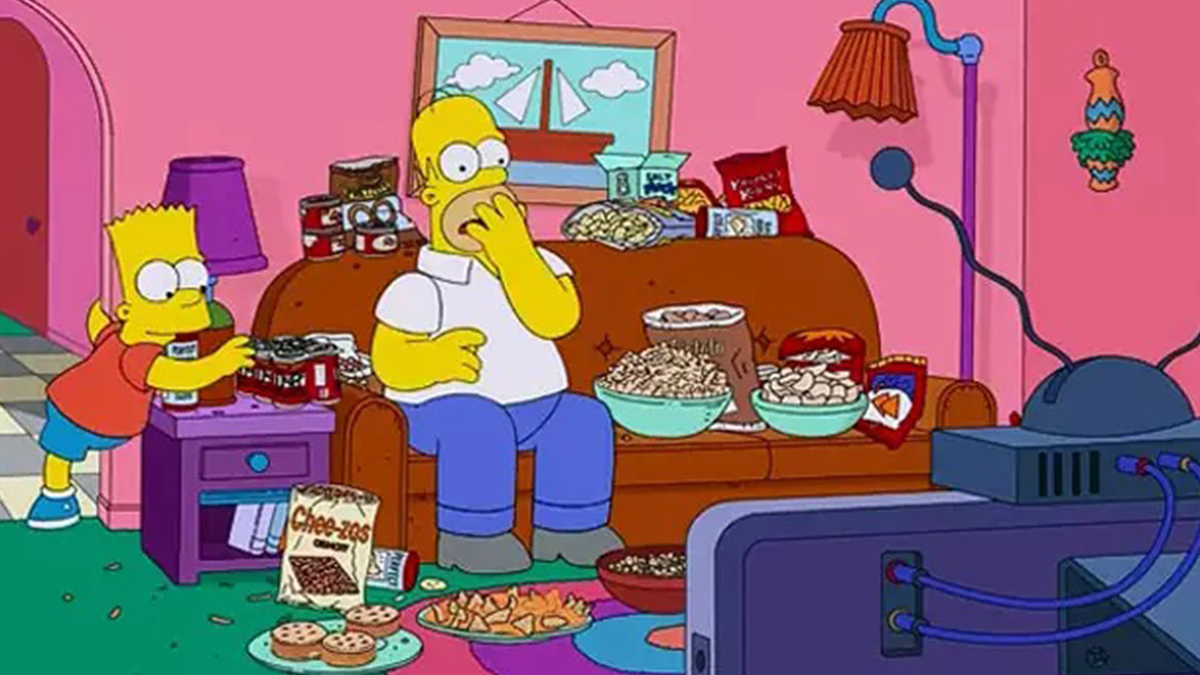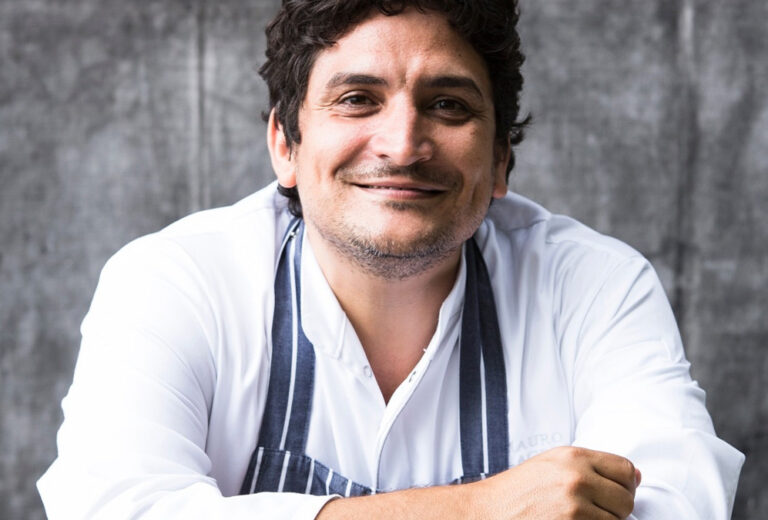Click here to read the Spanish version.
Watching television often becomes synonymous with eating: an endless scene that we repeat in a loop, extended over infinite seasons without even being aware of it. The question here is whether watching TV makes us eat and drink more, and whether this has anything to do with the type of program or genre we are watching at the time.
According to data collected by Delish magazine from expert dietitian-nutritionist and author Jaclyn London, on the influence of TV programs on our eating habits, “it is scientifically proven that TV directly influences our food intake, including our sensitivity to hunger and satiety signals”. All this is then linked to a number of factors such as the strength of the habit, decreased mindfulness, coping with emotions, and food associations and their environment.
After all, in those moments when we are immersed or bewitched by the blue light of the screen, we are not being aware of our nutrition. We are not paying attention to our body’s hunger and satiety signals, as our senses are engaged in a particular task that disables us from actively understanding how much food or drink we are consuming.
EMOTIONAL IMPACT
According to London, the emotions we are experiencing at those moments also influence our eating behaviors. Thus, experiencing a surge of negative or positive feelings while watching TV can lead us to neutralize certain feelings or avoid them with food. Watching a scary movie or stressful drama can cause us to become stressed and gulp down more food or drink. Thus, even the genre of the program or audiovisual piece can influence our consumption and streaming habits.
Another factor that leads us to link this association between TV viewing and eating and drinking is that we may have developed it unconsciously. “Food associations and food memories may also be a factor in similar situations at home while watching TV, which may contribute in a somewhat cyclical effect to habits.”
Beyond that, a study published by the journal Appetite in 2014 addressed another paradigm associated with this gastro-audiovisual world. This one indicated that food intake increased when the show itself was familiar to viewers. That comforting simulation and the fact of being very familiar with the series or film, as for example with “The Office”, leads us to evade more of that plot in which we are no longer so immersed or interested, and, therefore, to eat in an exaggerated way.
In the face of this ascertained eternal link, some ways to optimize snacking during straming scenes are presented, such as pre-planning the meal to the television experience so that we stay aligned with hunger and satiety cues.





